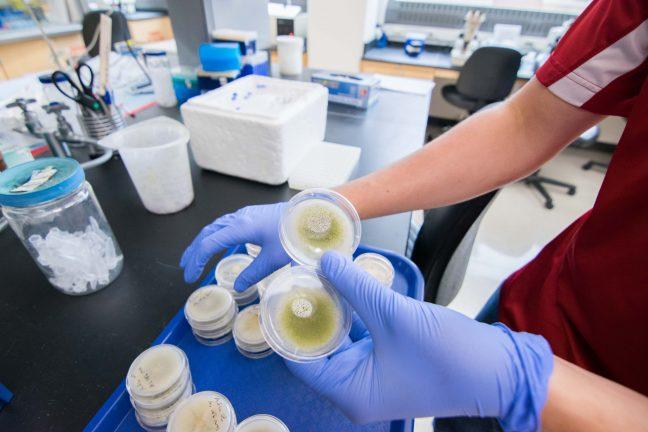For a technology first discovered in 1987, CRISPR-Cas9 has been gaining ground in the last couple of years and is increasingly seen as a versatile scientific tool.
Here on campus, there have been talks about its role in biosecurity, curing inherited diseases and most recently to fight antibiotic resistance. In addition to these academic uses, however, there has also been an increase in personal use of CRISPR-Cas9 in the form of home kits — something only a select few have succeeded at.
In short, CRISPR-Cas9 is used to refer to repetitive sequences in DNA which researchers use to identify regions of the genome that they would like to edit.
The definition gets technical quickly, but the byproducts of this tool result in gene editing by either adding or removing targeted genes. This discovery has led down many possible roads, including gene therapy. If it is possible to alter our code, logically scientists have tried to use that ability to try to cure different genetic diseases, though it’s far from being a widely implemented treatment.
But in true science fiction fashion, there are many who believe this technology is putting too much power in our hands and in the future — we may come to a point where we are capable of creating designer babies. The ethics of this sort of genetic manipulation have been widely discussed, even going so far to have dystopian movies made about the ramifications.
Most recently though, a different sort of trend has arisen that takes CRISPR-Cas9 out of the lab and into the home. Websites like The Odin make it possible for anyone to order their own gene editing kit for less than $200.
These home kits offer everything necessary for classroom instruction like pipettes and agar, in addition to the Cas9 plasmid that is responsible for most of the heavy lifting of the experiments. While there are many biology teachers who are excited about these new labs for their classes, there are also many people who have decided to experiment on themselves.
Justin Atkin, a scientist who is part of the YouTube channel The Thought Emporium, recently ran an experiment on himself to see if he could cure his own lactose intolerance.
In the video, Atkin expressly states he is trying to offer an alternative way of looking at self done gene editing, as opposed to the current culture of biohacking. As it stands, biohacking is generally a way that people use gene editing to achieve small goals like weight loss, but so far lactose intolerance is a much larger scale than something that has been attempted in a do-it-yourself fashion.
Atkin’s video is essentially a step-by-step documentary about how he prepared the virus that would infect his cells with the necessary genes to have them produce lactase. He also goes so far as to document up to two weeks after the experiment, and he seems to be doing just fine consuming dairy.
In light of this, there has been much discussion over whether or not this experiment was something Atkin should have performed, but at the very least it poses interesting questions about an individual’s role in their own genetic makeup. Atkin has also made it clear that this test is not an experiment to be tried on other people in the future without significantly more research and that he is responsible for taking the risk of testing this on himself. There have also been critics of the video who have discussed potential ramifications such as digestive lining autoimmune responses and even cancer.
While these sorts of experiments are definitely necessary in order to keep technology open source, it’s also important to recognize the steps and precautions Atkin took in this experiment and to keep in mind that all CRISPR-Cas9 experiments should be done with safety precautions.
Here on campus, there have been many debates over the ethics of gene editing, and while not all the answers are clear cut, it is certainly something we need to be thinking about. For something that has the ability to solve so many problems, it’s necessary to be very cautious.
Ashley Petersen (apetersen@wisc.edu) is a junior studying communications.


